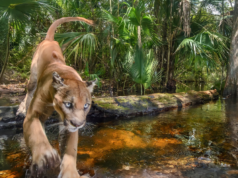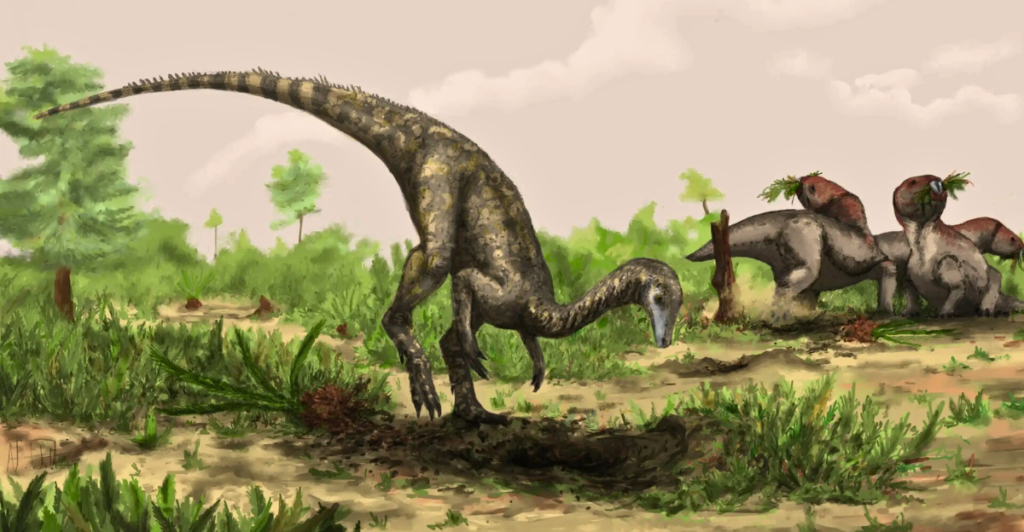
For decades, paleontologists have believed that the earliest dinosaurs emerged in the southwestern regions of the supercontinent Gondwana, primarily based on fossil discoveries in present-day Argentina and Zimbabwe. However, a groundbreaking study published last week challenges this long-held view, suggesting that the first dinosaurs may have evolved near the equator, in areas that now encompass the Sahara Desert and the Amazon Rainforest. This revelation not only reshapes our understanding of dinosaur origins but also highlights the potential for significant fossil discoveries in regions previously underexplored by scientists.
The Latest Dinosaur Discovery
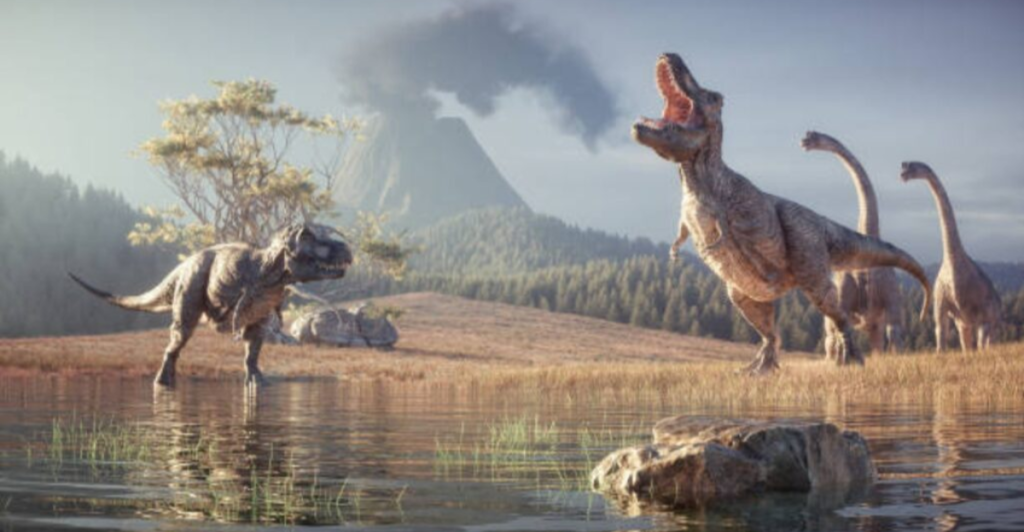
The study, led by researchers from University College London (UCL) and the Natural History Museum in London, proposes that the low-latitude regions of Gondwana, which today include northern South America and northern Africa, were the cradle of dinosaur evolution. This hypothesis is based on the locations of the oldest-known dinosaur fossils, the evolutionary relationships among these early species, and Earth’s geography during the Triassic Period.
Reassessing Dinosaur Origins

Traditionally, the oldest definitive dinosaur fossils, dating back approximately 230 million years, have been unearthed in Argentina and Brazil. These include species such as Eoraptor and Herrerasaurus, which are already recognizably dinosaurs, suggesting that their evolutionary origins predate these specimens. The new research posits that significant gaps in the fossil record, particularly in regions that today include the Sahara Desert and the Amazon Rainforest, may hold the key to uncovering the earliest chapters of dinosaur evolution.
Head Of The Research Team
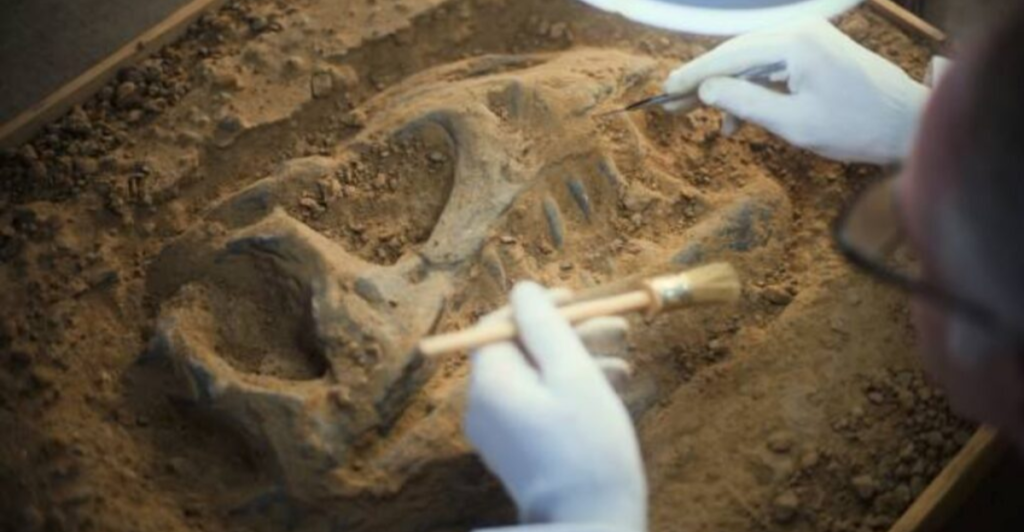
Joel Heath, a paleontology doctoral student at UCL and the study’s lead author, stated, “Our research suggests they likely originated in the low-latitude regions of Gondwana near the equator, an area that today includes northern South America and northern … .” This challenges the previous focus on southern South America and southern primary regions for early dinosaur evolution.
The Role of Earth’s Ancient Geography

During the Triassic Period, all of Earth’s continents were part of the Pangea. Dinosaurs emerged in the southern portion. The equatorial regions of Gondwana, which are now the Sahara Desert and the Amazon Rainforest, were characterized by extremely hot and dry climates. These harsh environments likely included deserts, the savannah and possibly forested areas prone for breeding. Previously, it was believed that dinosaurs preferred these regions due to the challenging conditions.
What They Found

The study suggests that the earliest dinosaurs may have been well-adapted to these environments, thriving in conditions that were inhospitable to many other forms of life. This adaptability could have been a key factor in their evolutionary success and eventual dominance. The massive creatures required large areas of forest and land to live and breed.
Challenges in Fossil Discovery

Fossils from this critical time period and region are rare. This scarcity might be due to several factors, including the fact that the conditions were not ideal for. Additionally, the rocks containing these fossils have been extensively studied or may remain undiscovered. Regions like the Amazon and Sahara also present significant challenges for paleontologists due to dense forests, vast open land and logistical difficulties. Despite these obstacles, the study emphasizes the importance of targeted fossil hunting in these areas. Uncovering fossils from these regions could provide invaluable insights into the early evolution of dinosaurs and fill existing gaps in the fossil record.
Implications for Paleontology

The findings of this study have significant implications for the field of paleontology. They suggest that previous models of dinosaur evolution may need to be revised to account for an equatorial origin. This could lead to a shift in focus for future fossil expeditions and research efforts.
Undiscovered Territory

Moreover, the study highlights the potential for significant discoveries in underexplored regions. As researchers turn their attention to the Sahara and Amazon, there is hope that new fossils will be unearthed, shedding light on the early stages of dinosaur evolution. Unfortunately, these expeditions require a lot of financial investment and involves various specialists to research accurately.
The Call for Further Exploration

The study’s authors advocate for increased exploration and research in the Sahara and Amazon regions. They argue that these areas hold untapped potential for understanding the origins of dinosaurs and the environmental conditions that shaped their evolution.
The Origin Of Dinosaurs

By focusing efforts on these regions, paleontologists may uncover fossils that predate the currently known specimens, providing a more complete picture of dinosaur evolution. This could lead to a deeper understanding of how dinosaurs adapted to their environments and eventually came to dominate the planet.
Days Of The Dinosaur

The revelation that the first dinosaurs may have evolved near the equator, in regions now known as the Sahara Desert and the Amazon Rainforest, challenges long-standing beliefs about dinosaur origins. This new perspective underscores the importance of exploring under investigated regions to gain a more comprehensive understanding of our planet’s prehistoric past.
Is There More Evidence?
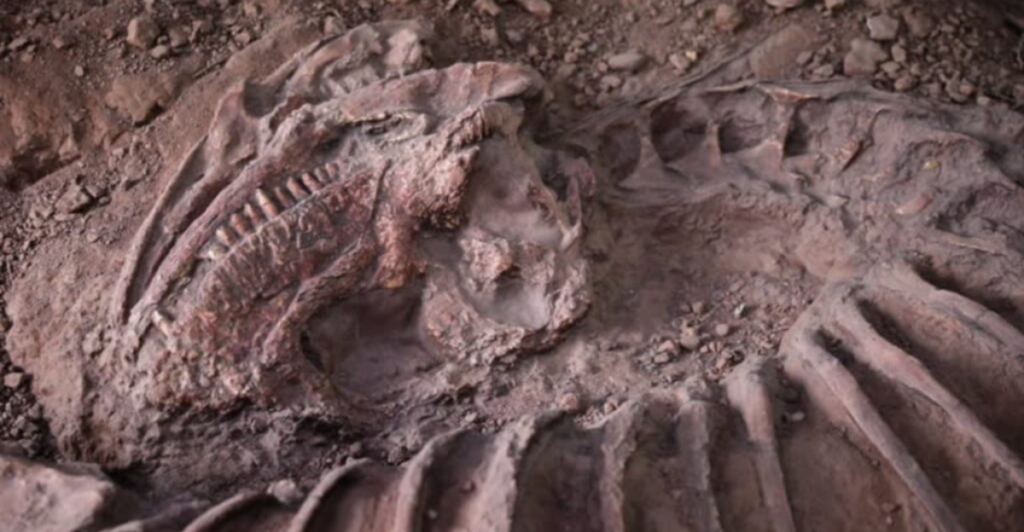
As paleontologists continue to investigate these areas, the potential for groundbreaking discoveries remains high. Uncovering the earliest dinosaur fossils in these equatorial regions could provide critical insights into the evolution of these magnificent creatures and the ancient environments they inhabited.
Discover more of our trending stories and follow us to keep them appearing in your feed

Dinosaurs Discovered to Defy a 150-Year-Old Scientific Rule
Dinosaur Discovery in North America Is Completely Rewriting Their History
Lake Shasta’s Remarkable Comeback From Drought Captured in Stunning Images
Meet the Massive Crocodiles That Make Their Homes 40 Feet Underground
References:
Reference 1
This article first appeared here
Stay connected with us for more stories like this! Follow us to get the latest updates or hit the Follow button at the top of this article, and let us know what you think by leaving your feedback below. We’d love to hear from you!


